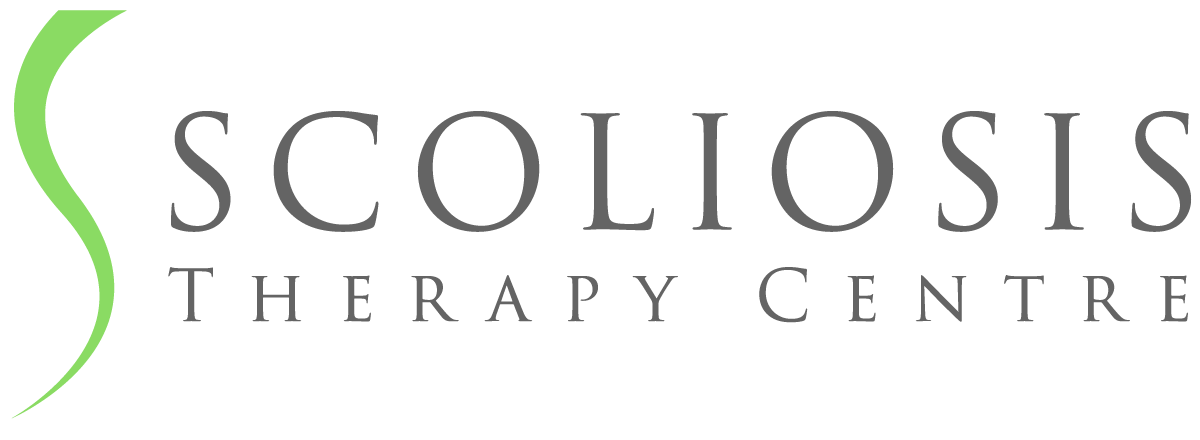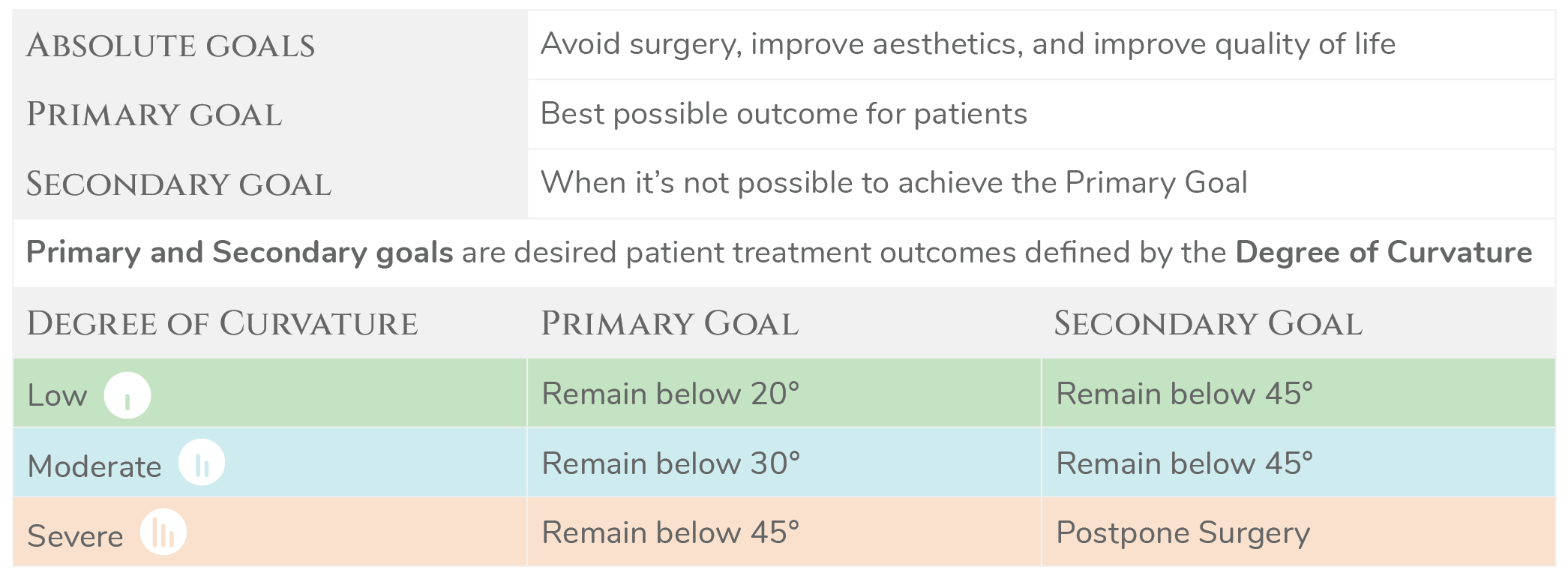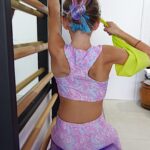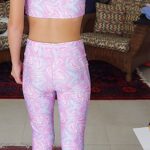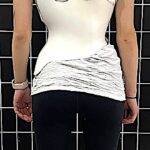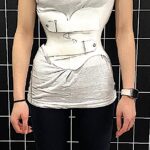ADOLESCENT IDIOPATHIC SCOLIOSIS
Idiopathic scoliosis can develop at anytime during childhood and adolescence.” Predominantly though, it manifests itself during 3 growth spurts: 6-24 months, 5 to 8 years, and 11 to 14 years of age, when at the time puberty, there is a significant rapid growth spurt. Rapid curvature progression occurs at the beginning of puberty.
Orthopaedic specialists who treat adolescent idiopathic scoliosis use several indicators that correlate with skeletal maturity to assist in treatment decisions including chronologic age, skeletal age, menarchal stage..." The Risser stage classification is "perhaps the most widely used indicator for skeletal maturity.”
treatment
Observation is the most widely used treatment for scoliosis curves below 20°. Bracing is usually prescribed once a curve has progressed to 25° or greater, as are physiotherapeutic scoliosis-specific exercises.
- Observation, clinical evaluation with or without x-rays – 3, 6, 12 months or more
- Rigid Bracing - full-time; night-time; part-time; or specific soft bracing
- Physiotherapeutic scoliosis-specific exercises
Patients with curvatures of 45° and above are considered at risk of spinal fusion surgery.
The International Scientific Society on Scoliosis Orthopaedic and Rehabilitation Treatment (SOSORT) 2016 Guidelines proposed a specific set of goals for an alternative non-surgical conservative treatment approach for idiopathic scoliosis during growth. These goals are synonymous with SOSORT's initial goal to "stop curve progression at puberty (or possibly even reduce it)."
Conservative treatment of adolescent idiopathic scoliosis should take into account the three dimensional (3D) nature of the condition and the risk of progression. 3D scoliosis exercise therapy and 3D bracing can be very effective during the adolescent growth spurt.
3D Schroth Method Scoliosis Exercise Therapy teaches patients that postural correction is not only possible, but it can improve their aesthetic appearance, which has a positve affect on their pychological wellbeing and quality of life; expressed in another way, this is empowering, because they can see and feel change in their posture.
Vicious Cycle vs Virtuous Cycle
The main objective of 3D physical therapy exercises such as the Schroth Method and 3D asymmetrical Chêneau style bracing is to convert the ‘vicious cycle’ into a new ‘virtuous cycle’, preventing curvatures from progressing, and possibly reducing them.
- Thoracic curvature correction
- Basic corrections & Thoracic curvature correction
- Gensingen 3D Asymmetrical Brace
- Gensingen 3D Asymmetrical Brace
[Click once on an image to expand it to full view, a gallery slide show will automatically commence; or you can manually move from one image to another by clicking on the left and right arrow indicators.]
In 2017, a preliminary study conducted in Hong Kong concluded that the effectiveness of bracing can be improved with the addition of a Schroth Method scoliosis-specific exercise program, providing there is a strong compliance to both.
Click here to read "Bracing can lead to a persistent correction in the treatment of Adolescent Idiopathic Scoliosis: A case report"
Click here for information on Major Thoracic and Lumbar Adolescent Idiopathic scoliosis curvature types.
